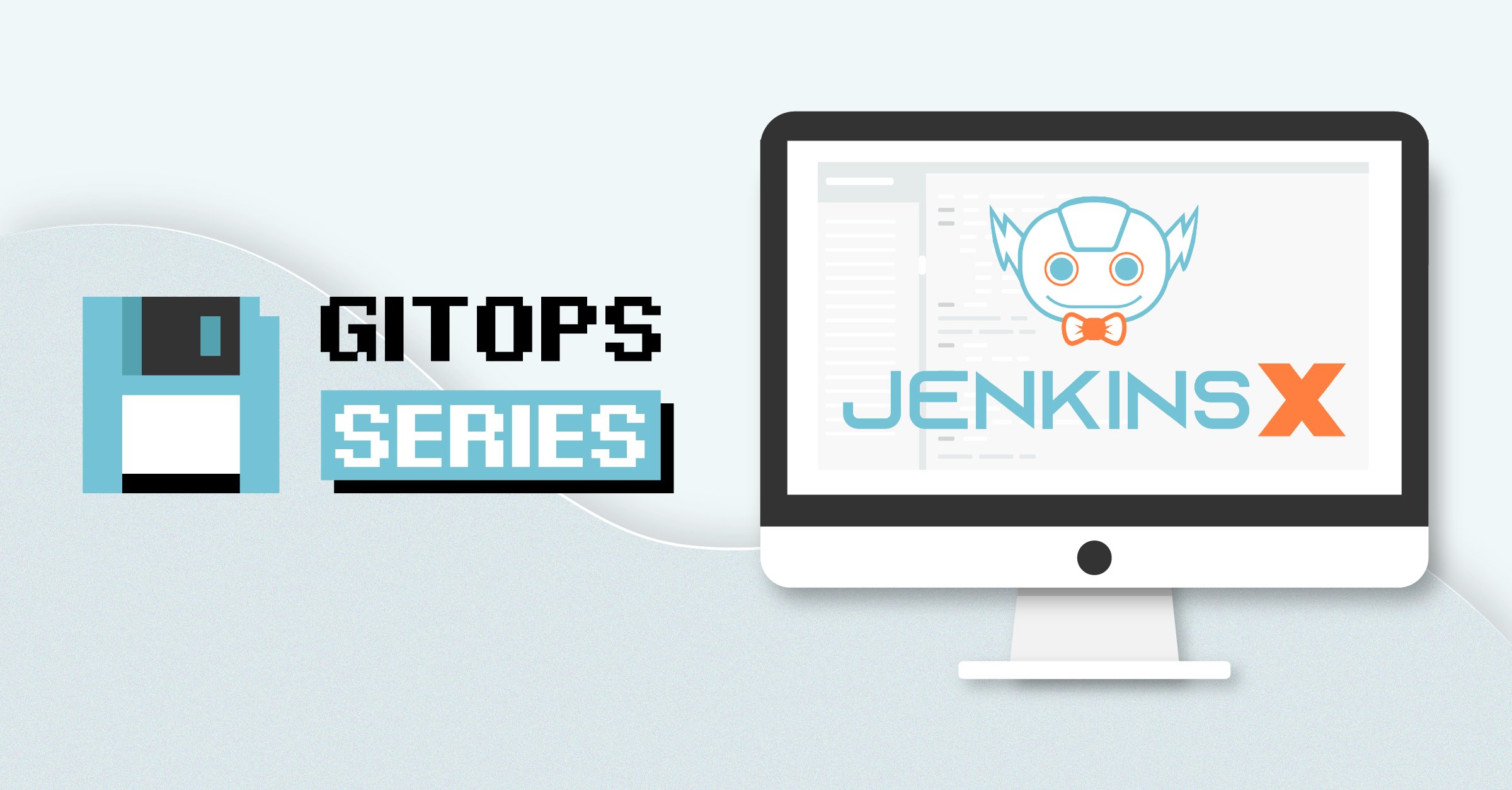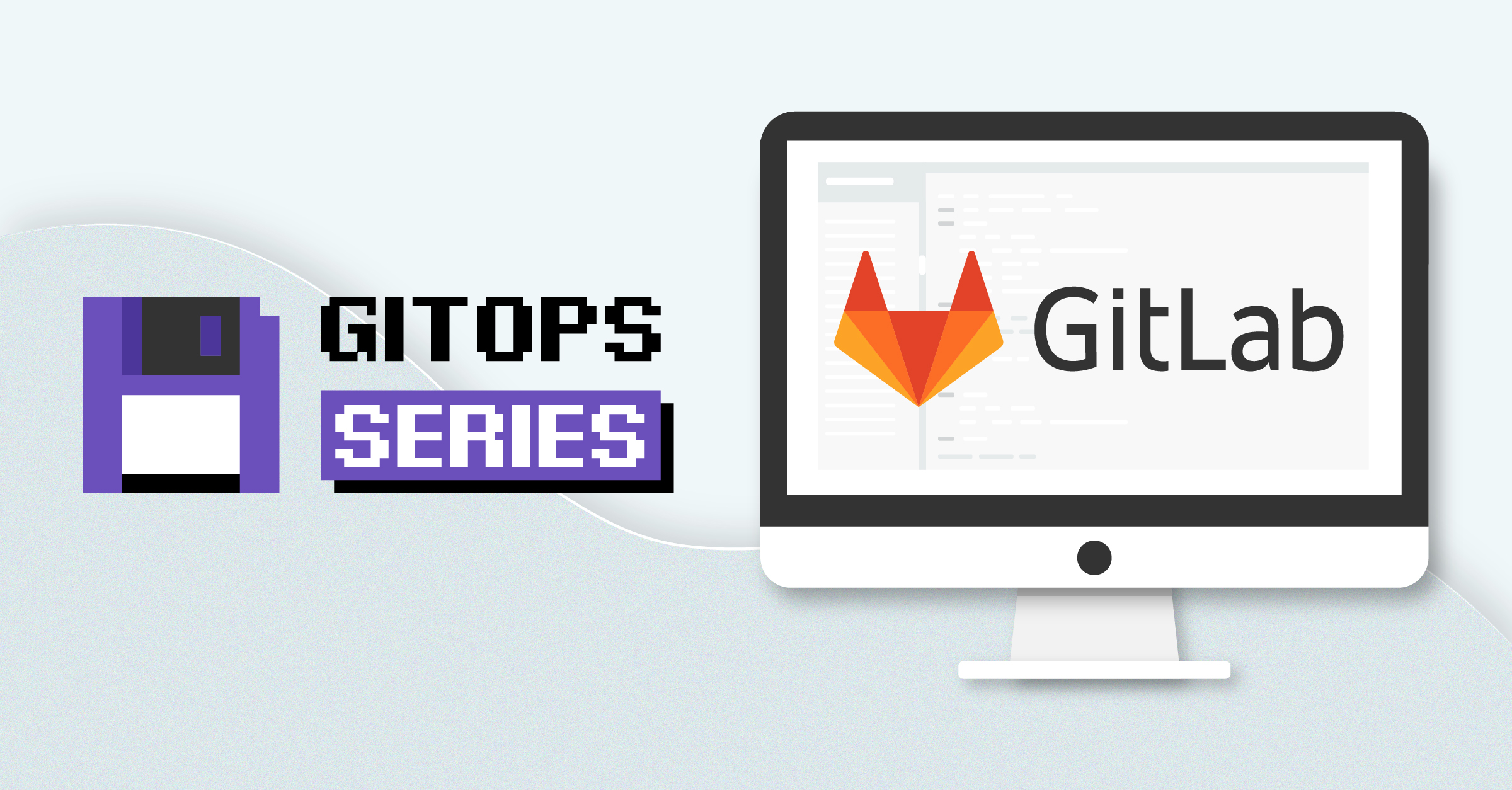An Armful of clusters
by Carlos Arilla Navarro on Jul 31, 2023

Arm computing
Arm processors have emerged as a disruptive force in the computer industry, making significant inroads in the mobile industry and now making its mark on PCs and data centers. With an excellent performance per watt ratio and cheap prices, they present an excellent choice for sustainability and efficiency.
Initially developed as a research project at Acorn Computers in 1985, ARM, which stands for Advanced RISC Machines, was developed with the goal of creating a more efficient and cost-effective processor for computers. Over time, Arm processors have expanded their presence into various domains, including mobile devices, consumer electronics, automotive systems, and recently high-performance computing like cloud environments.
Key features and characteristics of Arm processors include:
- RISC (Reduced Instruction Set Computing) architecture: Arm processors emphasize simplicity.
- Different versions and instruction sets: ARMv7, ARMv8, and ARMv9), supporting new technologies and improving functionality over the years.
- Licensing flexibility: Companies are able to create customized Arm-based chips using basic cores and adding extra functionalities.
Advantages of Arm processor
ARM processors offer several key advantages that make them highly desirable in various computing environments:
Energy efficiency: Arm processors are known for their excellent power efficiency, making them ideal for portable devices with limited battery life. This efficiency is achieved through optimized instruction execution.
Arm processors use less power.
Scalability: Arm processors come in a wide range of configurations, from simple low-power designs for embedded systems to high-performance cores for servers and supercomputers. This scalability allows Arm to adapt to diverse application requirements, including high-performance data center machines, which are, by the way, especially relevant when talking about Kubernetes in a production environment.
Arm processors have enough power.
Customization: The licensing model has led to a diverse ecosystem of Arm-based chips from companies like Qualcomm, Apple, Samsung, and NVIDIA. Every company can build a chip that is perfectly fitted for its needs. This, together with the simple architecture, can reduce overall costs.
Arm processors are cheap and customizable.
Running Kubernetes on ARM
You have probably already read some articles about creating Kubernetes clusters with Raspberry Pi (cheap and small hobbyist Arm computers) using software like K3s or MicroK8s. While those setups are not very difficult and can even be fun, we’re not talking about enthusiast-level Kubernetes, we’re talking about the production-grade clusters, meant to run complex applications with high availability and scalability.
This is Kubernetes for some people:
But Kubernetes for us is not just Kubernetes…
There are a lot of other applications running in the cluster to enable observability, security, networking, operability, or scale. All these applications need to have an Arm version too in order to be able to get a production-grade Kubernetes cluster.
If you are thinking of migrating your Kubernetes clusters to Arm, you first need to do a list of all the applications you need to actually make your software work.
You will probably need:
- Networking applications and additions like service mesh or ingress controllers.
- Security applications like Falco or Kyverno.
- Observability tools including metrics, logs, and traces.
- Any other tool like a secret manager, certificate manager, CI/CD, storage…
The different maturity of all the apps in the ecosystem makes it very difficult to make assumptions on the portability to Arm of every one of these applications. You will need to do the research on the ones you are interested in.
Once you have decided to go Arm in your Kubernetes clusters, there are several strategies you can follow for your node architecture that provide different pros and cons. Let’s review the most common examples.
ARM worker nodes with x86 control plane
In this solution, we are leaving the control plane nodes in x86 nodes, creating Arm node pools to act as worker nodes. Let’s explore the advantages and considerations of this approach.
What’s good about this approach:
- All the control plane nodes are x86, so you can be confident that Kubernetes components will run as expected.
- You don’t need to change most of the control plane, only the components that run in worker nodes.
- All the worker nodes are equal so it’s easier to configure apps as they all will run in a single architecture.
This approach can present issues though:
- Some DaemonSets need to run on all the nodes of the cluster (i.e. node-exporter) so you need to be sure that those applications support multi-arch.
- Arm images are needed for everything that runs in the worker nodes, including your apps, and any others.
- Reduced power efficiency as part of your nodes are still x86.
This architecture is particularly useful if you want to try Arm nodes without modifying your existing cluster creation process. This way you can try your apps and then have data to back your architecture decision. You need to be sure though that all the apps (developed by you or off-the-shelf) that run in the worker nodes have an Arm version.
All Arm
Now we consider using only Arm nodes in the cluster. This is perfect if you’re starting your Kubernetes journey and want to get all the advantages of Arm.
The main advantages of this approach are:
- All the nodes are equal so no need for multi-arch solutions.
- This provides the maximum gain in terms of efficiency and cost.
But as always, this comes with some drawbacks:
- There must be Arm images for EVERYTHING that runs in the cluster.
- We might need to build and maintain images for applications that don’t have the Arm version publicly available.
- The control plane in Arm has been tested much less, so there are some known unknowns (performance) and some unknown unknowns (issues or missing features).
The perfect situation for adopting this solution is when:
- All your apps work in Arm processors.
- Your cluster creation processes are flexible or you are willing to change them.
This is the best topology in terms of cost and performance efficiency, so if the drawbacks are not stopping you, this is the way to go.
Mixed Arm and x86 nodes
The last example is a mixed architecture where we use different node pools, mixing x86 and Arm nodes. While this approach adds complexity in terms of operation and implementation, it addresses some of the blockers present in the other options.
What’s good about this approach:
- We can decide on control plane architecture, which can be easier to start (x86) and then evolve with time (Arm).
- We can run apps with no Arm version in the x86 nodes.
Obviously, the more complex architecture comes with issues, who would have thought that with complexity would come complications!?
- Possible issues with DaemonSets that need to run in ALL the nodes.
- We need multi-arch images for some of the components.
- We might need different limits and requests per architecture, which would complicate deployments and potentially lose some efficiency.
- We need to manage what runs where: node affinity, taints, and tolerations… This is not a trivial change in the deployment process and might potentially be the source of a non-negligible number of issues.
- Less power efficiency as we are still using x86 machines.
This topology is suitable when there is a strong commitment to use Arm for efficiency, but you need to use some apps without an Arm version. This provides a way to work around the limitations.
Adapting Applications to run in Kubernetes on ARM
There’s a lot of content about compiling for Arm so this topic can be an article by itself, so let’s focus on the things that can be important working in Kubernetes. We’ll consider that if you are thinking about running your applications in Arm it’s because you are capable of compiling your code for that platform.
As a reference, here’s a non-exhaustive list of things you’ll need to take care of in order to generate an Arm (or multi-arch) image:
- Compiling the code for Arm (or use a language with a proper interpreter in Arm).
- Testing the code in Arm.
Once this is done, there are three main steps to prepare for Arm Kubernetes clusters.
Build the image
Can you cross-compile for Arm?
Can you build multi-arch images?
There are several tools, like docker buildX that help to create multi-arch images without the need of having dedicated machines. There are several toolchains to cross-build images.
This step shouldn’t be very problematic, just find the tool that fits your needs.
Test the image
Do you have Arm test environments?
Can you perform tests in different architectures?
You’ll need to have specific pipelines in place to test your software in all the architectures. This will increase the cost and complexity of those pipelines.
If you use a self-hosted solution for your CI, you’ll need to create machines or emulated environments that allow you to test Arm images. Depending on your solution, the degree of difficulty might vary. If you are using SaaS solutions for your CI, your provider might support it (i.e. CircleCI). There are also third-party solutions for providers like GitHub actions. Anyway, you are always dependent on the support of the CI provider, which is not always desirable.
Deploy the image
Can you deploy in Arm?
Are your manifests ready?
Do you know where to deploy every application?
Depending on the topology, deploying can have different levels of complexity, this could require some work to adapt how you deploy software to Kubernetes.
For example, if you are using a mixed topology with Arm and x86 nodes, deploying a DaemonSet can be very challenging. You’ll need to be sure that the images you set are multi-arch and that the node will be able to select the right version for the image. In addition, you’ll need to adjust limits and requests uniquely for all the pods. If the application has a different performance in both architectures you’ll need to set the most conservative ones for both, which means wasting resources.
Container registry
Once we have the image, another important part of our toolchain to have in mind is the container registry. Using Arm images brings some requirements to the registry that must be contemplated:
- Multiarch images are bigger, usually not twice the size, but have an oversize to contain multiple architectures. The storage needed for the registry will be bigger.
- Some registry applications, especially older versions, don’t support multi-arch. They are not able to use some meta information needed to properly use the images.
- Not directly related to the registry but interesting still — some container runtimes are not able to request the correct architecture for the images and might fail to use Arm nodes. Be careful!
Using modern versions of the runtime and the registry should be enough to avoid most of these issues. The architecture is a parameter of OCI manifest since version 1.0.0, but that doesn’t mean everything is sorted out. As a reference, containerd supports multiarch since version 1.5 but it had different issues with some platforms as recently as early last year and Cri-o still has some issues with some architectures (like Apple silicon processors).
TL;DR
Using Arm processors for your workloads can provide important cost savings and improve power efficiency. However, implementing Kubernetes (production-grade quality) in Arm is not easy as it has a number of operational applications that need to run along with your developments that need to be ready for Arm. In addition, checking and adapting all software for Arm compatibility is not a trivial task. It can require a fair effort and maintaining duplicated pipelines can be costly and complex.
This adaptation can be painful, but efficiency in the long term is important, not only in terms of cost but also in environmental impact. Time is running out and there is no planet B! 🌎
Editor's note: For a deeper exploration of this subject, we highly recommend checking out our on-demand webinar by Carlos. It's a fantastic opportunity to delve deeper into the topic and gain valuable insights.
You May Also Like
These Related Stories

New Joiners Series: Welcome Carlos
Welcome to Giant Swarm's New Joiners Series where we get to know some of the newest members of the Swarm. This week, we meet Carlos Arilla. 👋

GitOps with Jenkins X
In this penultimate article in our GitOps series, we're taking a look at another heavyweight solution to the automated continuous deployment quest: Je …

GitOps with GitLab Agent for Kubernetes
Following our articles on ArgoCD, Flux, and Fleet, this next article explores the features of the GitLab Agent for Kubernetes. The Agent enables a num …